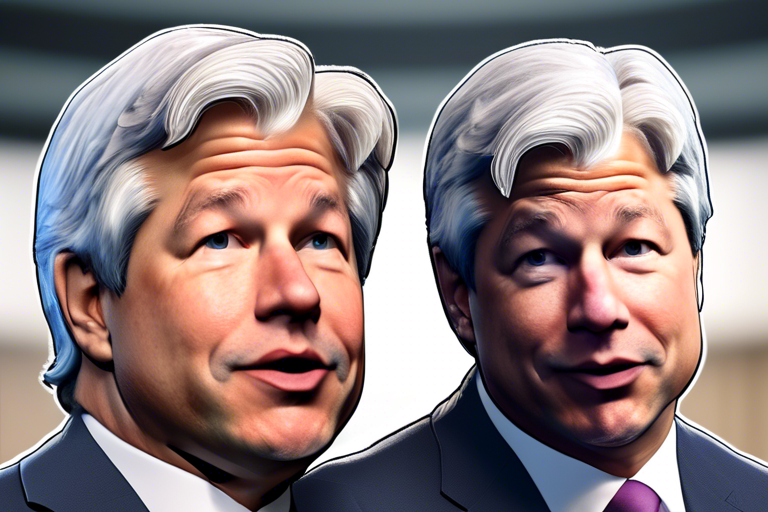Revisiting Tesla’s RoboTaxi Program: What You Need to Know
In a recent development, RBC Capital Markets Global Autos Analyst Tom Narayan has revised his price target for Tesla (TSLA) from $293 to $227. He attributes this change to various factors affecting the company’s RoboTaxi program. Let’s delve into the key insights surrounding Tesla’s foray into autonomous vehicles and what it means for the future of transportation and urban infrastructure.
The Potential Impact of RoboTaxis on Tesla’s Valuation
When analyzing the potential impact of RoboTaxis on Tesla’s valuation, Narayan emphasizes two crucial aspects:
- The pricing dynamics in a world dominated by RoboTaxis
- Collaboration with internet experts covering ride-hailing giants like Uber and Lyft reveals that pricing in the RoboTaxi sector is likely to decrease due to industry regulations.
- The value distribution among key players such as app companies
- Narayan suggests that companies like Uber and Lyft may benefit from a higher revenue share percentage, impacting Tesla’s specific RoboTaxi valuation.
The Future of RoboTaxis: Near-Term Deployments and Long-Term Prospects
Despite the excitement surrounding RoboTaxis, Narayan predicts a gradual rollout process for Tesla’s autonomous vehicles:
- Near-term deployments are expected by August 88th, albeit in limited cities such as San Francisco, Austin, and Phoenix.
- Mass-scale implementation is projected to occur years, if not decades, into the future.
- RoboTaxis could significantly transform the $6 trillion automotive industry by enhancing accessibility and efficiency.
Urban Challenges: Adapting Cities for RoboTaxi Integration
Narayan highlights that the transformation of city infrastructure is crucial for the successful integration of RoboTaxi services:
- Cities must undergo significant reengineering to accommodate autonomous vehicles and ensure safe operations.
- The current infrastructure, characterized by human-driven traffic decisions, poses a substantial challenge for automated systems.
- Several global cities, including some in China and Western countries, are already reevaluating their urban layouts to embrace this transition.
The Ecosystem of RoboTaxis: Balancing Software, Vehicles, and Apps
When assessing the RoboTaxi ecosystem, Narayan emphasizes the roles of software providers, vehicle manufacturers, and app developers:
- While Tesla is a major player in software and vehicle production, app providers like Uber and Lyft hold significant influence in the industry.
- The sticky nature of ride-hailing apps suggests that service providers may garner a substantial revenue share in the RoboTaxi landscape.
Assessing Elon Musk’s Role and Impact on Tesla’s Future
Despite Elon Musk’s visionary leadership, Narayan underscores the collective efforts of Tesla’s executive team in steering the company’s diverse ventures:
- Tesla’s robust businesses, spanning from RoboTaxis to energy storage, are led by competent individuals who contribute to the company’s success.
- Concerns about Musk’s potential conflicts of interest or partnerships in other ventures are overshadowed by Tesla’s overall operational strength.
Hot Take: Navigating the Future of Autonomous Transportation
As Tesla continues to pave the way for autonomous vehicles and RoboTaxis, the automotive industry stands on the brink of a transformative era. While challenges persist in urban infrastructure and regulatory frameworks, the potential benefits of enhanced mobility and efficiency are undeniable. Stay tuned for further developments in Tesla’s innovative journey towards a future dominated by autonomous transportation.





 By
By
 By
By
 By
By

